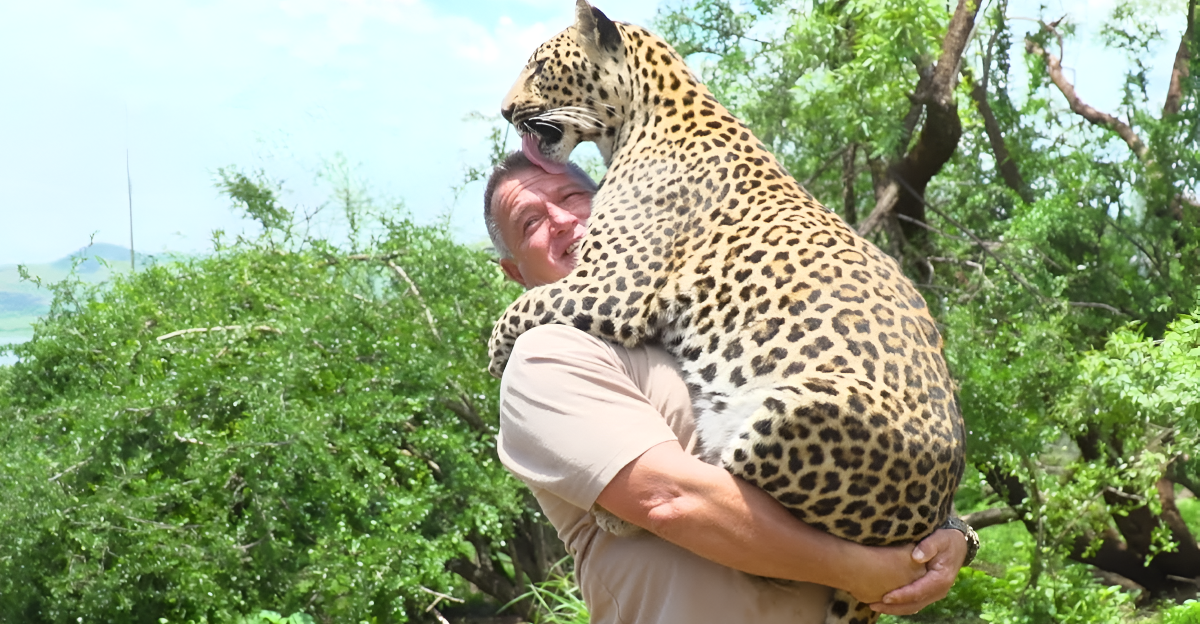
Believe it or not, many wild cats can form deep, meaningful bonds with humans, especially if they are socialized from an early age. Scientific studies have revealed that domestic and wild cats can display attachment styles similar to those of human children and dogs.
These bonds usually remain consistent over time and are shaped by early experiences, individual temperament, and environment. Although wild cats aren’t domesticated in the same way as house cats, they can, with the right conditions and a patient approach, form deep and affectionate connections with the humans who care for them. Let’s look at nine wild cats that can form deep attachments with humans.
1. Lion
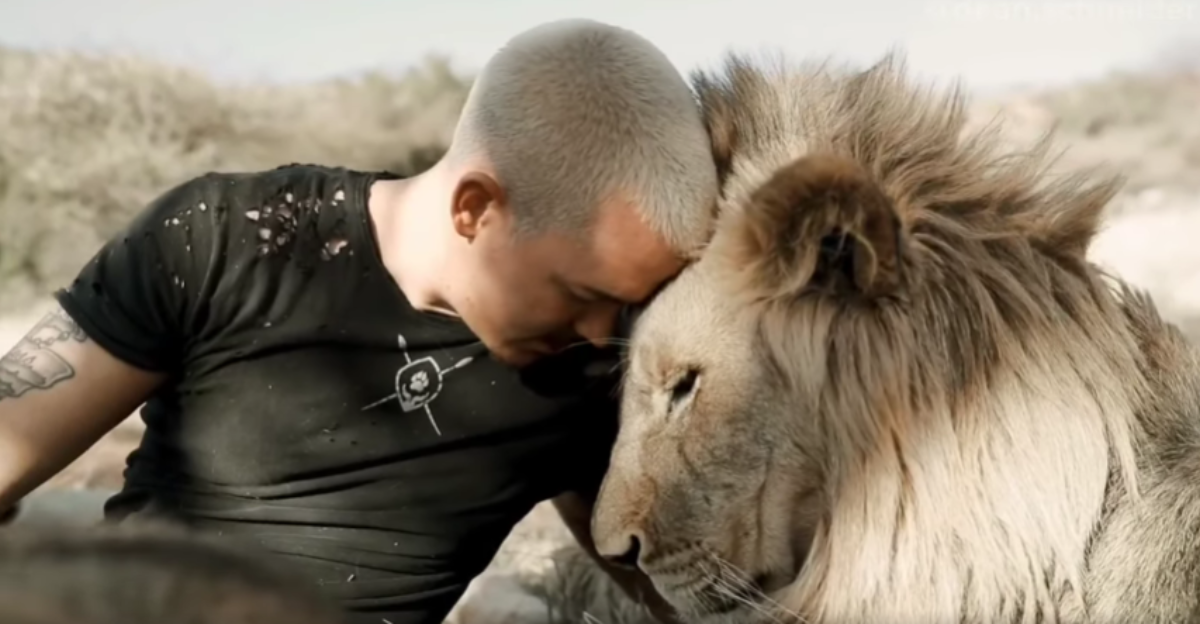
In the world of big cats, lions are unique for their social nature. They live in prides and depend on group cooperation to survive. This natural sociability extends to their interactions with humans, especially if they have been raised in captivity or through conservation programs.
Hand-raised lions are known to form strong attachments to their human caregivers and see them as a part of their social group. While these lions remain very powerful and potentially dangerous, their capability to bond with humans is evident in many sanctuary and rescue settings, where mutual trust and affection are built through consistent, positive human interaction.
2. Cheetah
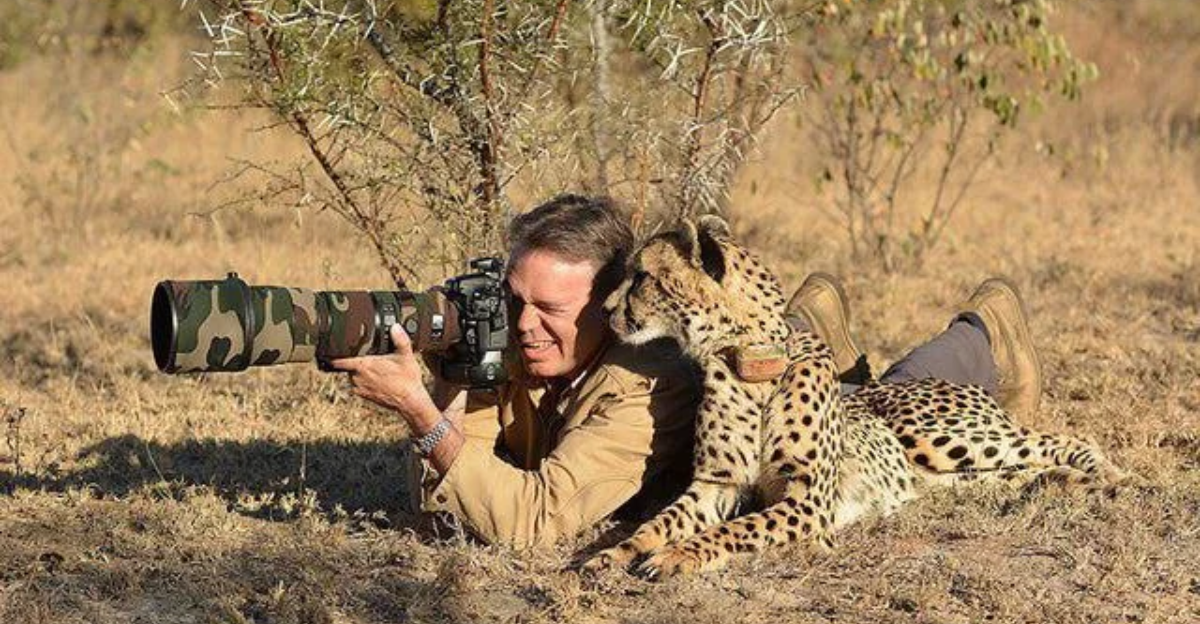
Cheetahs are known for being gentle and have a long history of forming strong bonds with humans. This dates back to ancient times, when they were used as hunting companions.
Nowadays, in conservation and breeding programs, cheetahs raised by hand often develop strong attachments to their humans, actively seek out their company, and display affectionate behaviors. While they are generally less aggressive than other large cats and more open to human contact, they still require specialized care and respect for their wild instincts.
3. Caracal
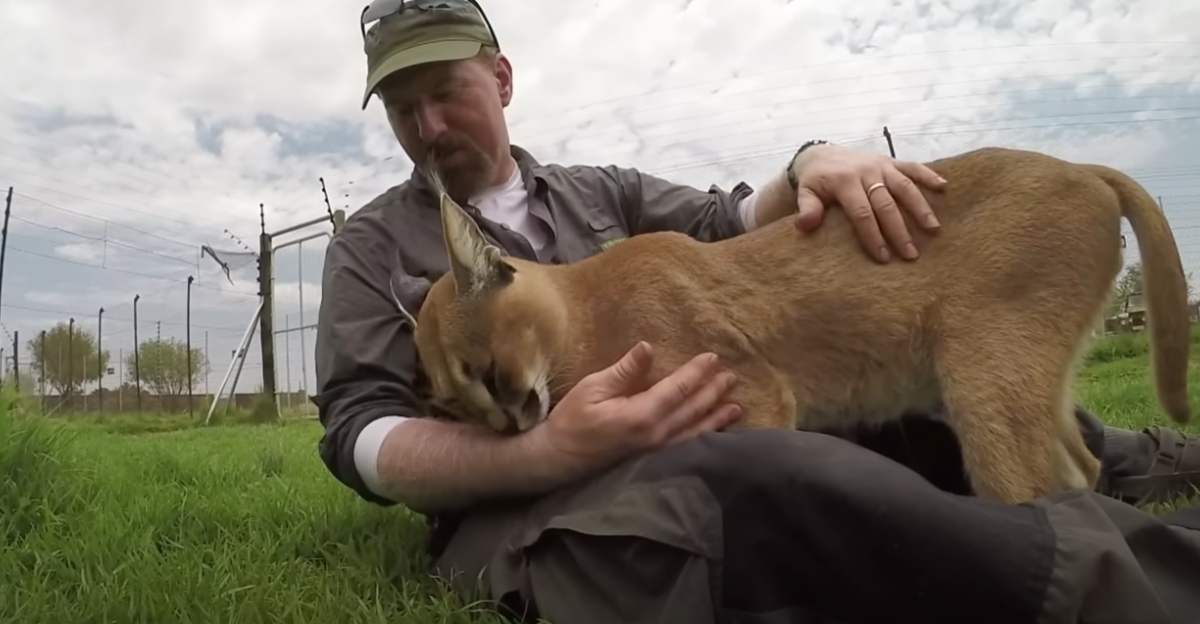
Caracals are medium-sized wild cats found in Africa and Asia. They are often used in wildlife tourism because of their striking appearance and trainable nature. If they are socialized from a young age, they can develop deep bonds with their handlers and respond positively to affection and training.
These gorgeous cats are highly intelligent and curious and will often engage in playful behaviors with their caregivers. However, their strong predatory instincts mean they require experienced care, and their attachment is best nurtured through consistent, positive reinforcement and respect for their boundaries.
4. Serval
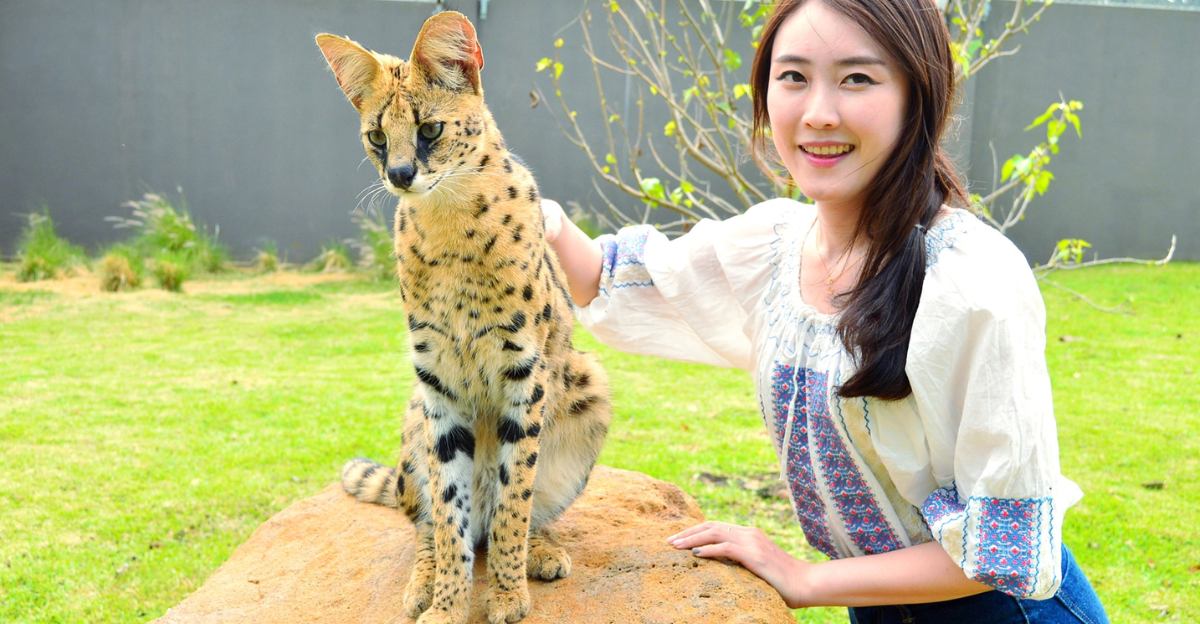
Servals are slender wild cats with long legs. They are native to sub-Saharan Africa and are known for their playful and energetic personalities. When socialized from an early age, servals can develop strong attachments to their caregivers, often seeking out interactions and displaying dog-like loyalty.
Because of their playful antics and affectionate personalities, these cats have become increasingly popular in exotic pet circles and educational programs. Despite this, they still retain their wild instincts and need plenty of space, mental stimulation, and specialized care to stay happy and healthy. Building a strong relationship with a serval cat relies on mutual trust, patience, and a deep understanding of the cat’s unique needs.
5. Leopard
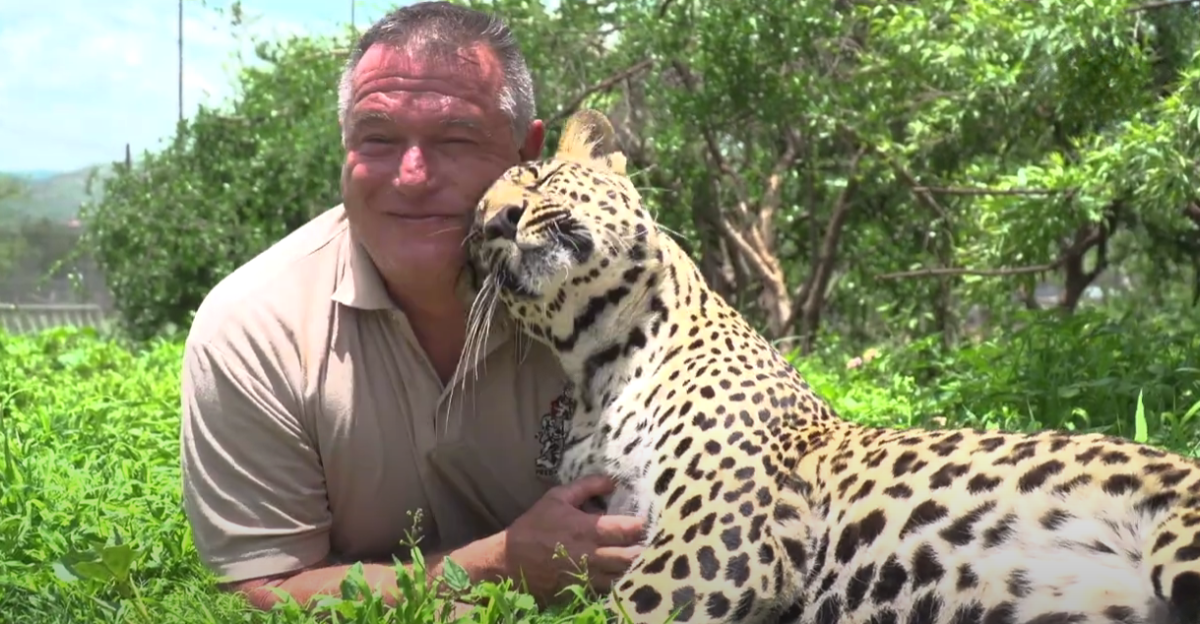
Leopards are known to be solitary and elusive in the wild, but in captivity or rehabilitation settings, they can form close attachments to their human caregivers. Young leopards, especially ones raised by hand, often display affectionate behaviors and seek comfort from their caregivers.
These bonds are strongest if the animal is socialized from an early age and experiences positive, consistent interactions. However, leopards are unpredictable and require expert handling.
6. Tiger
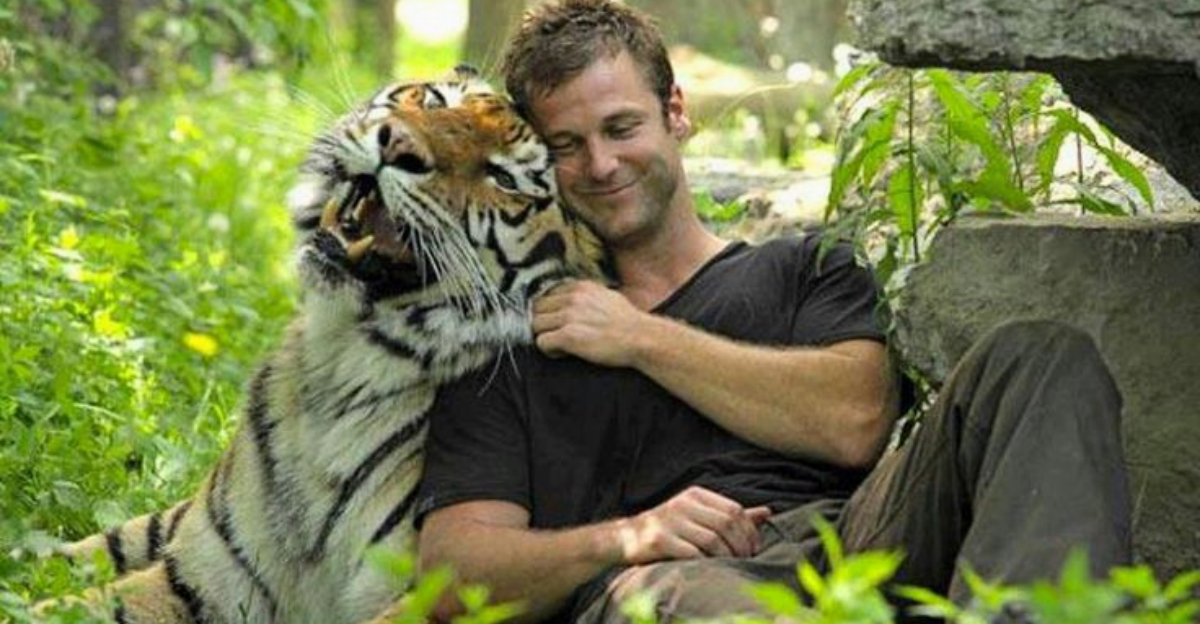
Although tigers are naturally solitary animals, they can form strong connections with humans, especially if they have been raised from a young age or cared for in sanctuary settings. Hand-raised tigers often recognize and interact with their caregivers, showing playful or affectionate behaviors.
These connections develop through early socialization and the absence of competition for resources. Although tigers are intelligent and capable of forming trusting relationships, their strength and wild instincts mean that even the most familiar individuals should approach them with caution and respect.
7. Bobcat
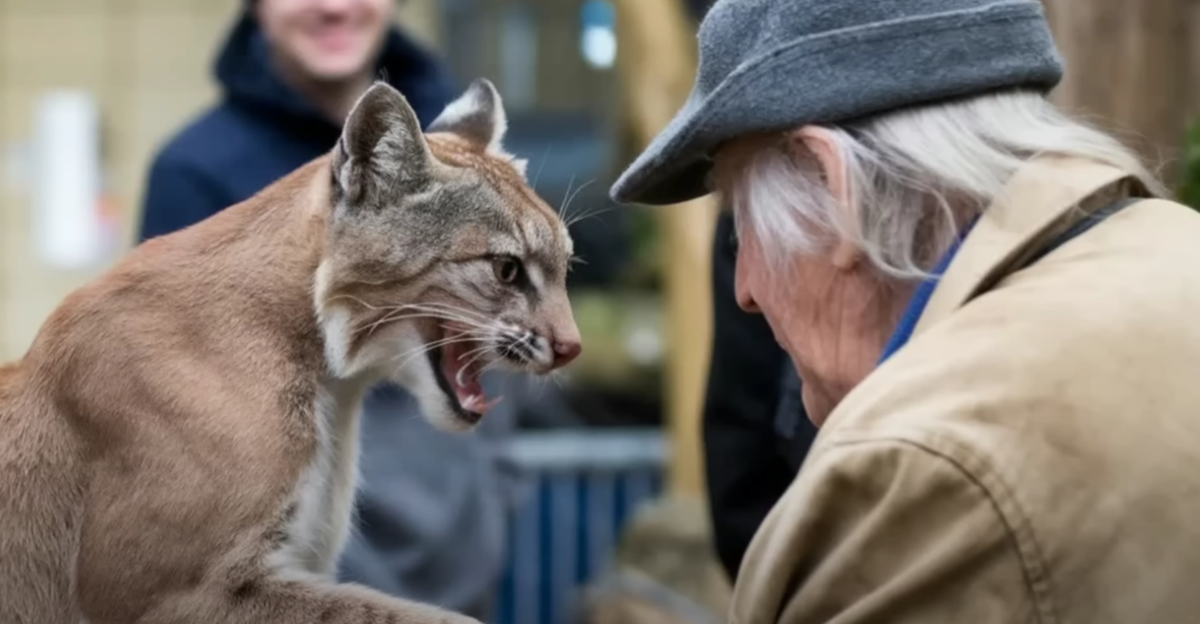
Bobcats are medium-sized wildcats that are native to North America. They are easily recognized by their tufted ears, short bobbed tails, and spotted coats. These cats are highly adaptable and can form strong attachments to humans, especially when they have been rescued as orphans or raised in captivity.
They are playful and curious but remain wild animals at heart. They require careful management and an understanding of their behavioral cues to maintain a safe and trusting relationship.
8. African Wildcat
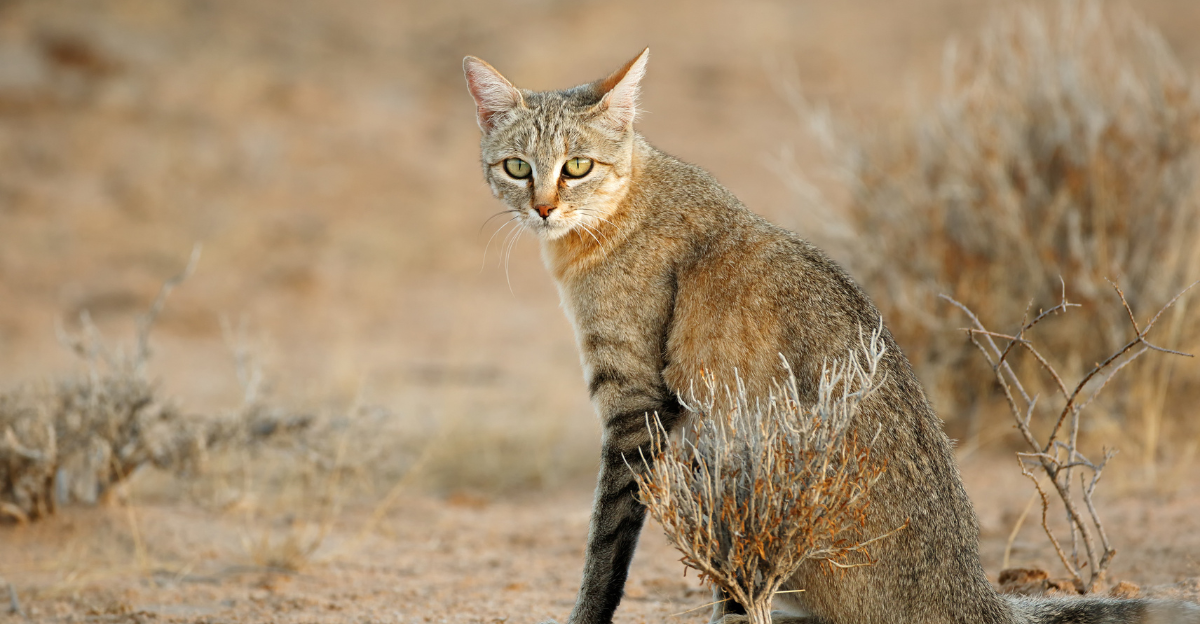
The African wildcat is the ancestor of modern house cats and shares many behavioral traits with them. When socialized from an early age, they can grow very close to humans, showing affection, playing, and even looking for comfort from their caregivers.
Their ability to bond with humans is a big reason why domestication was possible thousands of years ago. Today, African wildcats in rescue or conservation programs often show the same friendly behaviors as pet cats, showing the close connection between wild and domestic felines.
Under The Right Circumstances
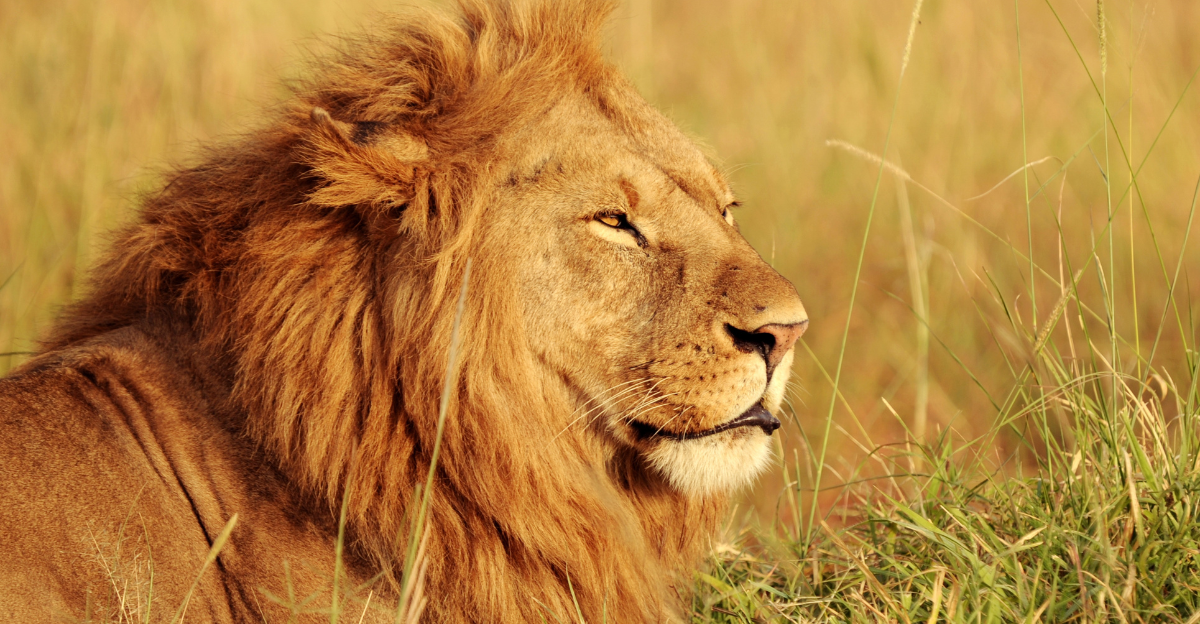
While wild cats may not be domesticated like our house pets, their ability to form emotional connections with humans is powerful and fascinating. From the social lion to the elusive leopard, each species shows that genuine bonds can develop under the right circumstances.
These connections are built on trust, patience, and respect for the cats’ instincts and individual personalities. While wild cats require expert care and cautious handling, their affectionate behaviors and loyalty remind us just how closely connected humans and animals can be.
Explore more of our trending stories and hit Follow to keep them coming to your feed!

Don’t miss out on more stories like this! Hit the Follow button at the top of this article to stay updated with the latest news. Share your thoughts in the comments—we’d love to hear from you!







